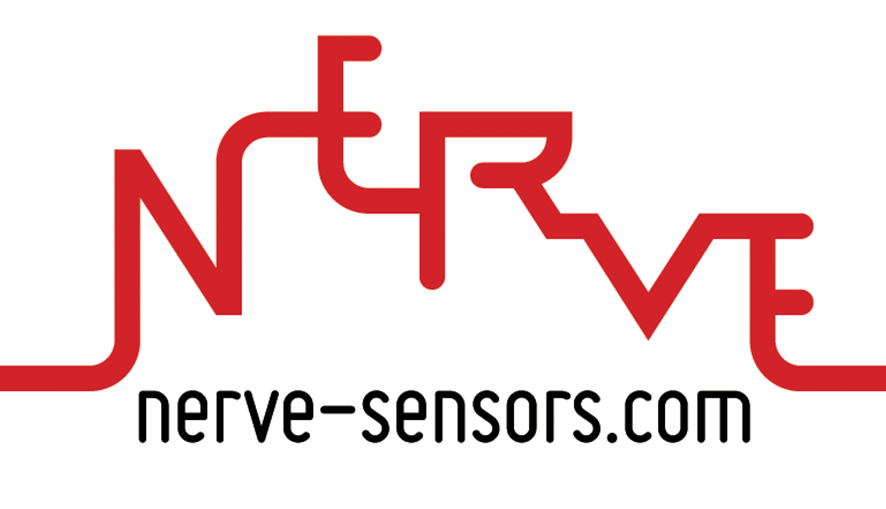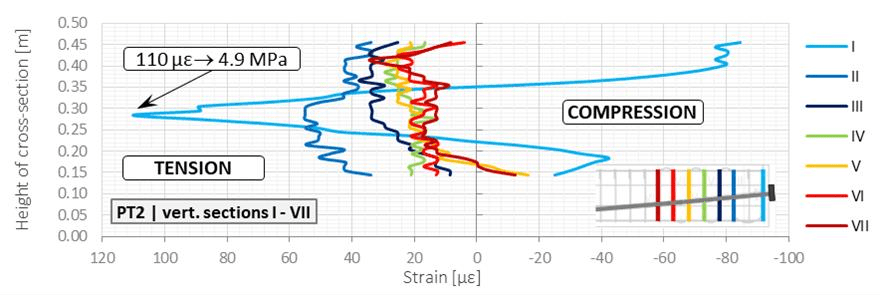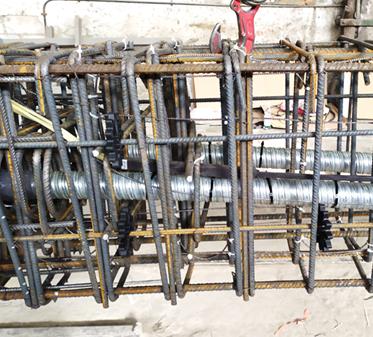Anchorage zone: bi-directional analaysis of internal strain field
The installation involves EpsilonSensor-based arrays for longitudinal and vertical strain measurement within the anchorage zones of post tensioned giders. The novelty of the present study is that the EpsilonSensors were embedded inside the concrete. The procedure was possible thanks to the appropriate stiffness of the sensors, small enough to allow the curves to be freely shaped, yet large enough to keep the measurement sections straight without pretensioning.
DFOS Sensors Installed: EpsilonSensor
Project challenges
Benefits of using the DFOS monitoring system
Results of using the DFOS monitoring system
A key advantage of the precise readings provided by the EpsilonSensor is the ability to directly determine the element’s tensile strength by comparing strain profiles immediately before and after cracking. This is illustrated in the first graph, which presents results for longitudinal section “A” during load testing. The second graph shows vertical strain profiles after prestressing across sections I–VII, each positioned at varying distances from the girder face. The highest strain values, in both compression and tension, were observed in section I, located nearest to the anchorages.
Technical specifications
Example results
Recomendations (optional)
Lorem ipsum dolor sit amet, consectetur adipiscing elit, sed do eiusmod tempor incididunt ut labore et dolore magna aliqua. Ut enim ad minim veniam, quis nostrud exercitation ullamco laboris nisi ut aliquip ex ea commodo consequat.
John Doe
Project partner






